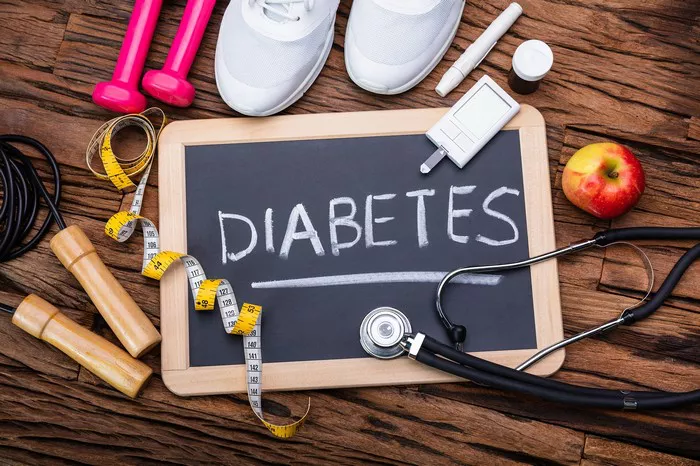With over 500 million adults globally affected by diabetes, the need for effective disease management solutions is more pressing than ever. As there is currently no cure for type 1 or type 2 diabetes, continuous monitoring of blood glucose levels (BGLs) is essential for patient health. While traditional BGL measurement methods, such as finger pricks, have been the standard for years, innovative technologies are paving the way for noninvasive alternatives.
Recent research indicates that wearable devices, particularly smartwatches, may offer a promising method for monitoring BGLs without invasive procedures. By employing LEDs and photodetectors integrated into these devices, researchers can analyze oxyhemoglobin and hemoglobin pulse signals on the skin to estimate metabolic indices and, subsequently, BGLs. However, the inherent limitations of wearables—specifically their small size and battery constraints—often result in low data quality. Additionally, everyday movements can introduce errors in the measurements, diminishing the devices’ accuracy and clinical relevance in diabetes management.
A research team from Hamamatsu Photonics K.K. in Japan has been addressing these challenges through focused studies. Led by Research and Development Engineer Tomoya Nakazawa, their findings were published in the Journal of Biomedical Optics (JBO). The team conducted a comprehensive theoretical analysis to identify the error sources in the metabolic-index-based method, subsequently developing a novel signal quality index to filter low-quality data and improve BGL estimation accuracy.
“As smartwatches gain popularity among diverse populations and diabetes rates continue to rise globally, implementing a signal quality enhancement method that accommodates personal variations is crucial for meeting the growing demand for noninvasive glucose monitoring devices,” Nakazawa stated, underscoring the study’s importance.
The researchers mathematically demonstrated that discrepancies between the phase delays in oxyhemoglobin and hemoglobin pulse signals can effectively gauge noise influence. They identified two primary sources of phase error: background noise levels and estimation inaccuracies caused by discrete sampling intervals. By formalizing these error sources, they calculated their impact on the metabolic index estimates.
The proposed screening approach establishes thresholds for phase estimation and metabolic index errors, allowing data that exceeds these limits to be discarded while using alternative methods to approximate missing values.
To validate this strategy, the team conducted a long-term experiment involving a smartwatch to monitor the BGLs of a healthy individual undergoing “oral challenges.” During each of the 30 tests conducted over four months, the participant fasted for two hours before consuming high-glucose foods. BGLs were tracked using both the smartwatch and a commercial continuous glucose monitoring sensor to obtain reference values.
The results were promising; preprocessing the data with the new screening method significantly improved accuracy. Employing the Parkes error grid technique to classify measurement errors revealed a marked increase in the proportion of data points categorized in Zone A—indicative of clinically accurate values that support proper treatment decisions. “Implementing the screening process enhanced BGL estimation accuracy in our smartwatch prototype,” Nakazawa noted. He further emphasized that their technique could facilitate the integration of wearable technology, like smartwatches and smart rings, into continuous BGL monitoring, despite the limitations in size and signal quality.
The research team also acknowledged the current shortcomings of smartwatches compared to smartphone camera-based techniques. While the new method promises to enhance smartwatch performance, advancements in photodetector and amplifier circuitry are essential to bolster the clinical acceptability of these wearable devices for BGL monitoring.
Ongoing research in this domain aims to equip diabetes patients with effective tools to manage their condition, ultimately improving their quality of life.
Related topics:
Low-Carb Diet May Help Some Diabetes Patients Stop Medications



























